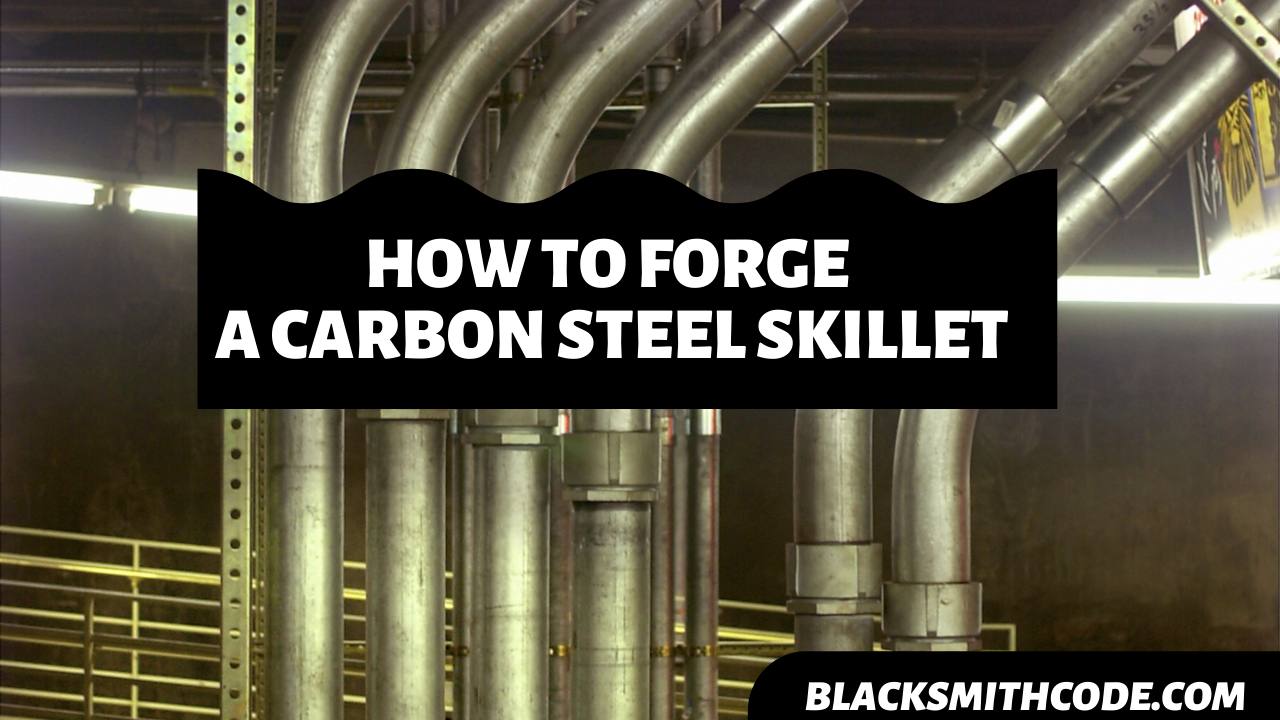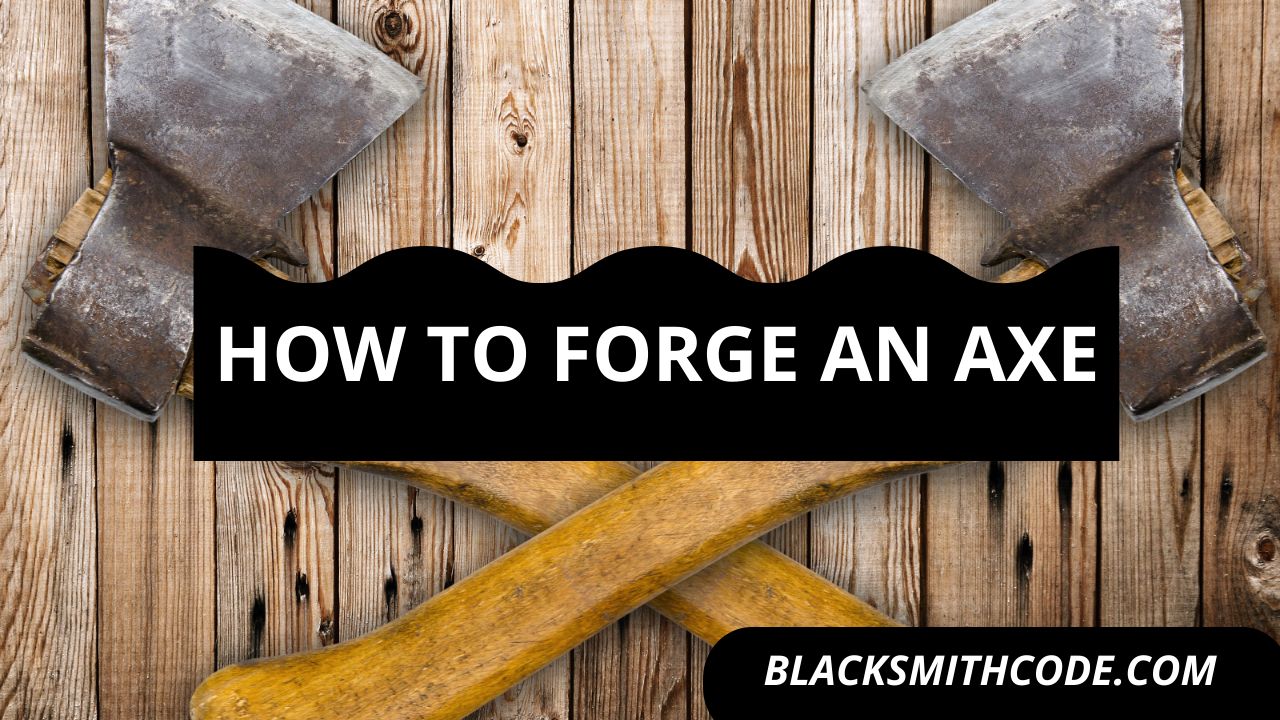Have you ever forged a kitchen utensil? Forging kitchen utensils might not only be interesting, it is also lucrative. You can get the forging done within a couple of minutes. Start by learning how to forge a carbon steel skillet.
The skillet is a kitchen utensil. It is useful in frying, especially when you have to stir while frying. The skillet is a typical frying pan with slight differences.
Skillets are majorly for frying, but you can make use of them to perform several other cooking methods. Forging a skillet is easy and straightforward. It is because skillets are mostly forged from steel.
To forge the skillet, you will have to follow steps and procedures that will guide you in forging it.
Instructions on How to Forge a Carbon Steel Skillet
Step 1: Get a Circular Steel Plate
To forge your carbon steel skillet, you have to get a circular steel plate. Your steel plate should be very large to be able to forge your skillet. The larger the circular steel plate, the larger your skillet.
Step 2: Heat the Circular Plate
Place your plate in a forge. Placing the plate in a forge will allow it to become malleable. The steel plate should be very hot so it will be easy to forge when you start beating it with a hammer.
Step 3: Beat the Plate into Shape
To beat the plate into the shape you want, you will have to make use of a local mold. The mold should have a deep surface.
Quick Steps
The mold can be a stump of wood or metal. To beat the plate into shape, you should;
- Bring out the steel plate from the forge.
- Place the steel plate on the mold.
- Beat the plate with a hammer such that the plate gains an inwardly curved shape. The inwardly curved shape is gotten from the shape of the mold.
- You should frequently place the steel in the forge to make it remain hot.
Step 4: Shape the Sides of the Plate
You have to shape the sides of the plate with your hammer. The sides of the plate should be slant and not straight. You should also shape the bottom to become flat.
After shaping, you should have a flat bottom of the steel plate and slant sides. You should not forget to frequently heat the steel plate to keep the steel malleable. You should make use of your hammer while you place the plate on an anvil.
Step 5: Add Your Handle
Your skillet must possess a handle. The handle of the skillet should also be made of steel.
While adding the handle, you should be sure that the handle does not become too heavy to the tip of the skillet’s balance. The weight of the handle should balance the weight of the skillet pan.
Quick Steps
To forge the handle, you should;
- Heat the handle in a forge.
- Beat the rod to a flat shape with a hammer.
- When beating, you should beat the rod into a large part that will join the pan.
- Drill a hole in the pan.
- Drill a hole in the large flat surface of the handle. You should make sure the holes in the handle and the skillet align with each other.
- Join the handle to the skillet using a screw or any other means of fastening.
When forging the handle, you should make use of a metal that doesn’t get hot easily because the handle is the part you will be holding so it should not get hot easily.
Step 6: Grind Your Skillet
Now, you have your skillet ready but rough. To smoothen the surface of the skillet, you have to grind the skillet with a grinder. You don’t have to make use of a belt grinder for this particular grinding because of the shape of the skillet.
You can make use of a handy grinder, or you could make use of the sandpaper. Grinding will also help the carbon steel skillet conduct more heat.
After grinding, you already forged yourself a carbon steel skillet.
FAQs on How to Forge a Carbon Steel Skillet
Question
What are the differences between a carbon steel skillet and a frying pan?
The frying pan and the carbon steel skillet are similar in shape and structure. The only main difference between a frying pan and a carbon steel skillet is that the frying pan or sauté pan has a straight side while a carbon steel skillet has slant sides.
Nevertheless, most people refer to the carbon steel skillet as a frying pan, but it is different from the frying pan. The skillet is also good at frying, especially when you have to stir.
Question
Can I forge my skillet with other metals?
Yes, you can forge your skillet with other metals, but you have to be careful when choosing the type of metal to use to forge your skillet. The skillet main purpose is for frying so the metal you use to forge it should be a good conductor of heat.
Question
Do I forge my skillets and sauté pan from the same metal?
If the metal suits you, you can forge it with it. You can probably forge your sauté pan and carbon steel skillet from different metals just as you can forge them with the same metal.
You can forge your skillet from any metal, but be careful when picking the exact metal.
Video on How to Forge a Carbon Steel Skillet
Warnings
When forging, you should follow the safety rules. Some of the safety rules include;
- Always make sure you put on your safety wears.
- Always have a fire extinguisher at hand.
- You should always wear safety boots.
- Do not make use of a damaged tool.
- Always make use of the right tool for every project.





